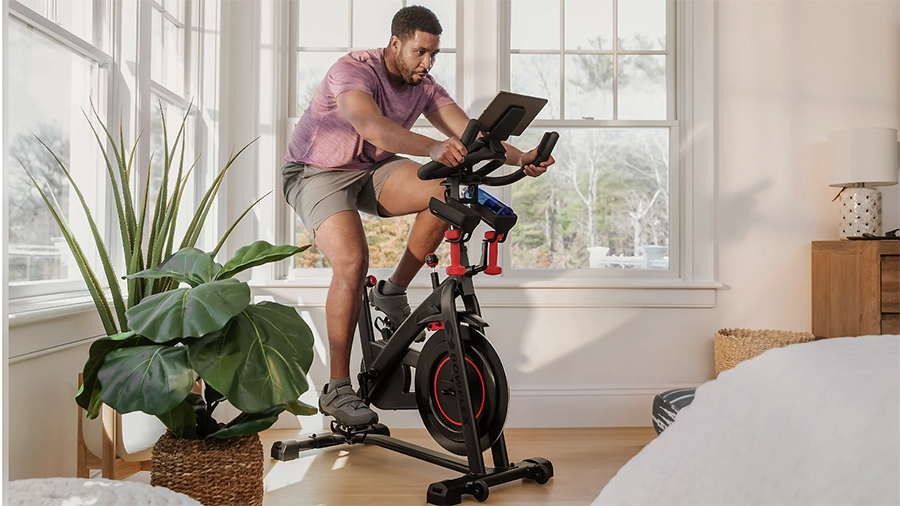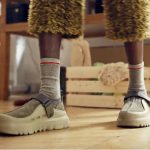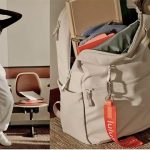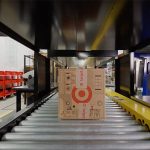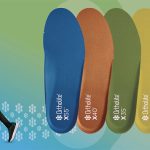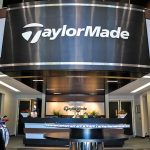Nautilus, Inc., the parent of Bowflex and Schwinn fitness equipment, significantly reduced its loss in its fiscal first quarter ended June 30, due to improved margins and lower costs. Sales were again down sharply, with retail segment sales impacted by high marketplace inventories, but the direct segment showed improving trends, including flat sales across its strength products.
“We are pleased with the results we achieved, which demonstrate our ability to navigate the challenges posed by the macro environment,” said Jim Barr, Nautilus’ CEO, on an analyst call
In the quarter ended June 30, sales were down 23.8 percent to $41.8 million, driven primarily by lower customer demand. Direct segment sales were $21.8 million, a decline of 17.5 percent versus last year. The decline marked improvement sequentially versus a 30.4 percent drop in the fiscal fourth quarter.
The sequential improvement reflected a flat comp to last year in strength products that followed a decline of 33 percent seen in the fourth quarter. Cardio sales declined 26.9 percent versus last year, primarily driven by lower bike demand.
Retail segment sales declined 29.0 percent in the quarter to $19.5 million, primarily driven by lower demand as retailers work through higher-than-normal inventory levels. Barr said, “Our retail segment was in line with our expectations as retailers maintained a conservative approach to inventory.”
Barr said Nautilus is “encouraged by the movement of some inventory in retail, and we believe we are well-positioned in this segment as we approach our peak retail last quarters of Q3 and Q4.”
Cardio sales in the retail segment declined 21.3 percent compared to last year due primarily to lower bike demand. Strength product sales declined 34.9 percent versus last year, primarily driven by lower demand for SelectTech weights.
Nautilus’ net loss was reduced to $4.9 million, or 15 cents per share, from a net loss of $60.2 million, or $1.92, a year ago. The reduced loss partly reflects an increase in gross margin by 800 basis points to 20.7 percent. The improvement reflects lower landed product costs (+1100 ppts), decreased discounting (+200 ppts), favorable logistics overhead absorption (+100 ppt), offset by unfavorable absorption of JRNY COGS (cost of goods sold) (-500 ppts), and increased outbound freight (-100 ppts).
Operating expenses were slashed 67.0 percent to $19.2 million from $58.1 million last year. The decrease of $39.0 million was largely due to a $27.0 million asset impairment charge taken in the year-ago quarter. The decline also reflects a $4.3 million decrease in personnel expenses, $4.0 million lower media spending, a $2.1 million decrease in contracted services, $1.3 million decrease in other costs, $700,000 in other variable selling, and marketing expenses due to decreased sales, offset by $400,000 increase in restructuring-related charges. Total advertising expenses were $1.1 million this year versus $5.1 million last year.
In February, Nautilus laid off 15 percent of its employees or approximately 80 jobs.
The operating loss was $10.5 million compared to an operating loss of $51.2 million last year, primarily driven by lower operating expenses and higher gross profit.
On an adjusted basis, the operating loss was $10.1 million compared to a $24.2 million loss last year, driven by lower operating expenses and higher gross profit. Adjusted EBITDA loss from continuing operations was $5.9 million compared to $19.9 million last year. Adjusted operating expenses, excluding the year-ago impairment charge, were $18.7 million compared to $31.2 million last year.
Barr called the improved gross margin a “testament to the progress achieved through our supply chain initiatives,” while the lower operating expenses were a “direct result of the deliberate cost-cutting actions announced in February.”
Barr said Nautilus had also taken steps to support its financial position, enhance liquidity and strengthen its balance sheet. The steps to improve its liquidity included selling non-core assets, including selling the rights to the Nautilus brand trademark in early May for $13 million. The company also paid down debt and reduced its inventory levels by 15 percent versus March 31 and 62 percent versus the same quarter last year.
In June, Nautilus made a public offering of common stock to raise cash for the balance sheet and provide additional flexibility to invest in marketing and drive sales growth. At quarter end, its net cash position was a positive $2 million, a sequential improvement to a net cash position of negative $10 million in Q4 of FY23.
Barr said, “These proactive actions add fuel to maintain and grow our strong leadership in connected home fitness while effectively managing the complexities of the challenging and dynamic operating environment.”
Barr said that due to the sale of the Nautilus brand, it’s currently executing a total company rebrand by the end of the calendar year. “This corporate rebranding initiative will reinforce our identity as a leader in the connected home fitness industry. Our dedication to quality and innovation remains at the core of our identity, and we are enthusiastic about the future,” he said.
Nautilus continues to review strategic alternatives, including a possible sale, with the review first announced in September 2022. “Our Board remains focused on identifying opportunities that will accelerate our company’s transformation and deliver enhanced value to our shareholders,” said Barr.
At the same time, Barr said Nautilus continues to position its Bowflex and Schwinn fitness brands for growth, including recently rolling out a refresh of its Bowflex product.
“The fitness industry is a sea of sameness, and the new Bowflex brand is designed to stand apart,” said Barr. “Our new brand identity is inclusive, empowering and inspiring.”
Bowflex has a new logo and mission statement: “At Bowflex, our job is to help you find, strengthen and follow the one inside you. That’s why everything we make, every treadmill or set of weights, is a way for you to move and move closer to the you, you already are.”
Barr added, “Our new branding and identity empower consumers to move towards what matters most to them.”
He said the recent launch of a mobile-online JRNY ($11.99 monthly versus $19.99 all-access) “has been extremely well received.” Overall, JRNY members reached 535,000 at the quarter’s end, up 48 percent versus the same period a year ago. Among these members, 150,000 were subscribers, up 17 percent year-over-year.
The first wave of updated connected fitness equipment featuring the latest Bowflex visual branding will arrive at retail for fall.
Barr said, “Ahead of the holiday fitness season, we are enhancing our cardio offerings with two new products under the new Bowflex branding, the Bowflex C6 SE, and update of our wildly popular C6 bike, and the new Max SE, a quieter version of our top-selling Max trainer high-intensity interval training machine which takes up about half the space of a treadmill at an excellent value,” said Barr.
Nautilus is also launching a new elliptical under the Schwinn brand. Barr said, “The Schwinn Elliptical 490 delivers a very strong value features a compact footprint, terrain control and 1000s of structured workouts and hundreds of virtual routes via journey and third-party apps.”
Online, new navigation, website design and product imagery complement the launches.
Looking ahead, Nautilus reiterated its guidance for the full year:
- The company expects full-year net revenue to be in the range of $270 million to $300 million, with the second half of the year representing 60 percent to 65 percent of full-year net revenue.
- Given the sale of the Nautilus Brand, the company expects full-year royalty revenue to be $1.8 million.
- The company expects full-year adjusted EBITDA between $15 million loss to break even.
- The company is targeting JRNY Members to be approximately 625,000 on March 31, 2024.
“Our diligence, testing and learning with JRNY are driving steady member growth. Conversion rate from trial to paid subscriptions has also improved over 30 percent in July, as we enhanced our welcome communications and move towards a greater mix of two-month trials,” said Barr. “In tandem, our unwavering focus on driving operational excellence stands as a crucial pillar in our path back to profitability. With efficient and streamlined operations, we are paving a clear and viable framework to regain profitability. As a result, we anticipate a significant year-over-year improvement in adjusted EBITDA for the full year 2024.”
Photo courtesy Nautilus

